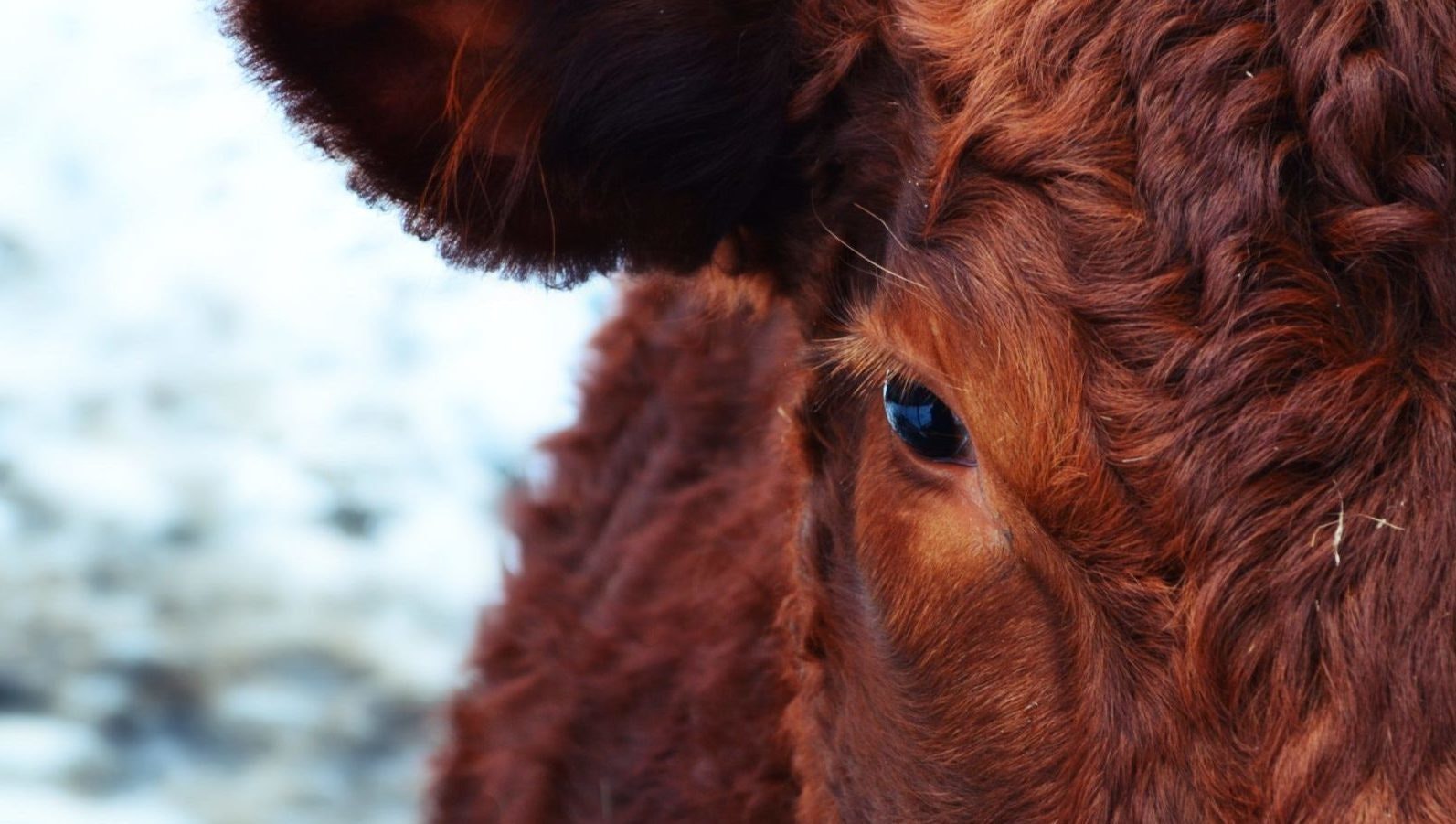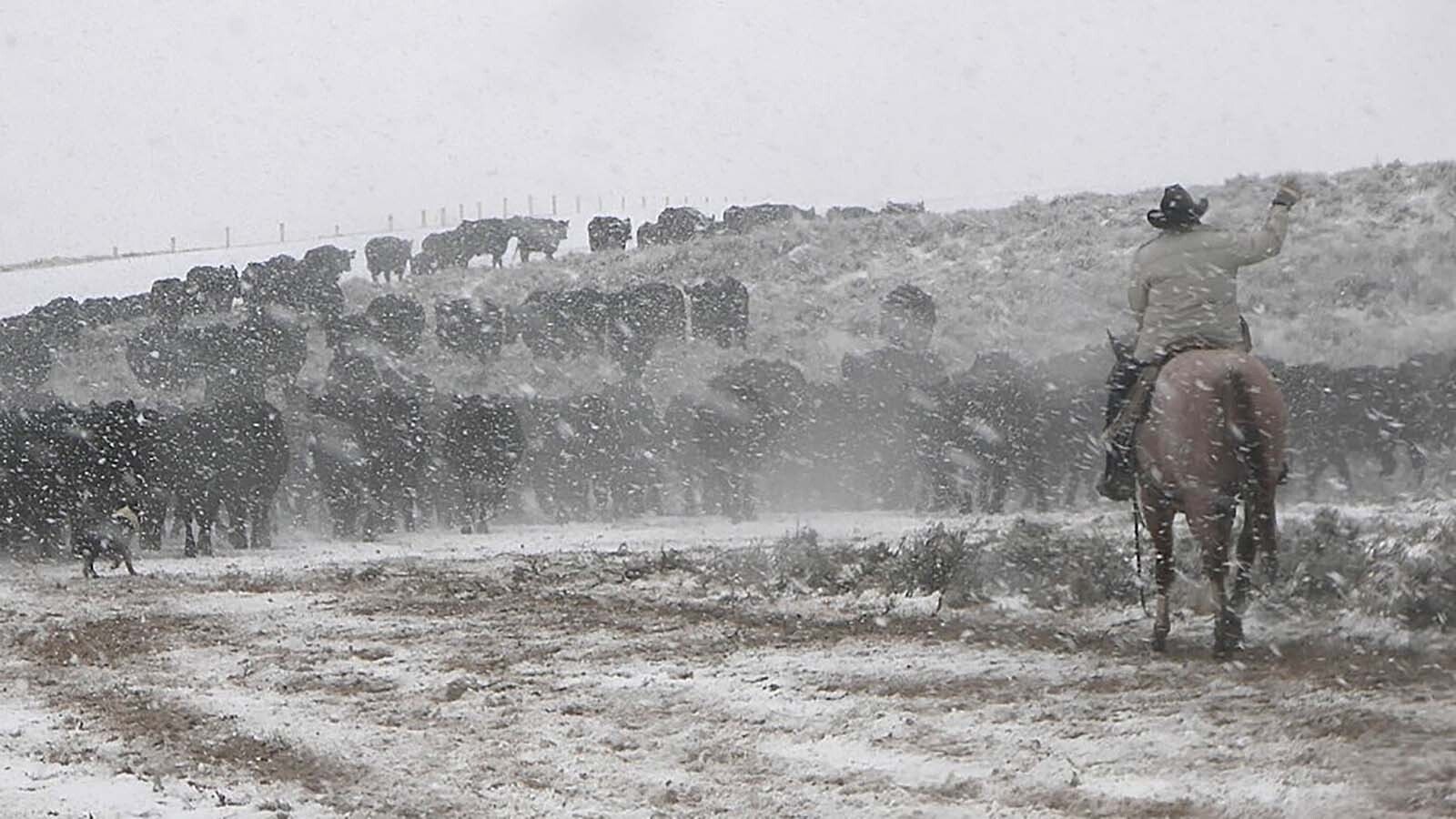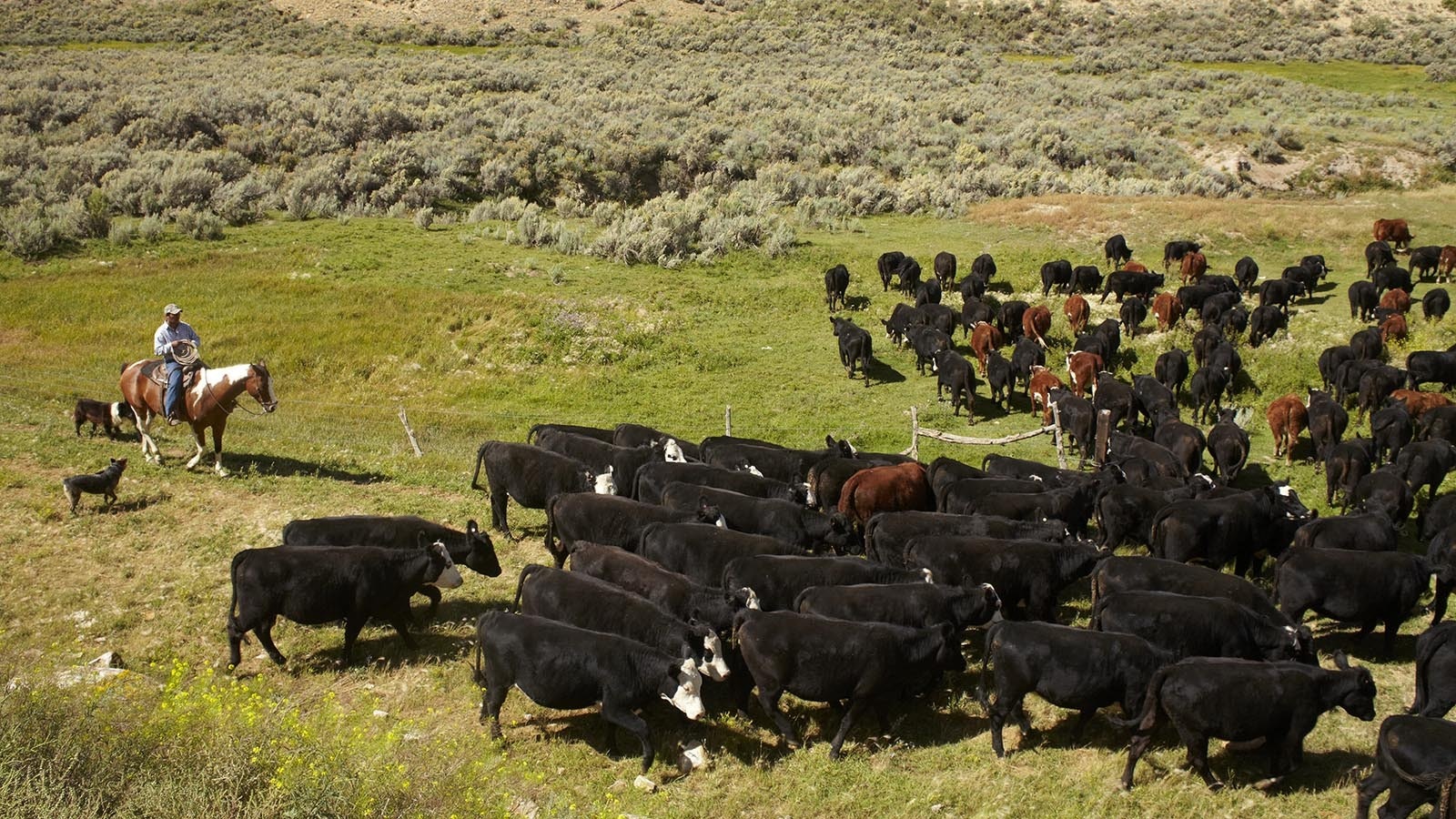The Blizzard of 2019 that shut down the state government and area schools had varying impacts on area ranchers.
Jay Berry, the owner of a Berry’s Herefords near Cheyenne, said because his ranch had time to prepare for the storm’s arrival, he was able to get his cattle to shelter behind structures and trees.
“There wasn’t anything that had to stand outside in the last 30 hours that didn’t suffer,” he said. “But basically, getting out of the wind is your No. 1 priority. So we pulled everything in to where they had a hope of getting behind something.”
He also made a point of giving the cattle extra feed in the hours leading up to the storm.
“We tried to feed everything double going into the storm because you just knew how many calories they were going to burn and there was no way you were going to get back to them,” he said. “We were quite lucky, the weatherman gave us plenty of warning.”
The timing of the storm also helped, Berry said, because his heifers had not started calving yet.
“If we had been calving, I don’t know how we could have helped them,” he said. “It could have gone either way for us. If it had been seven days later, it would have been much harder.”
The storm did cause some problems for Jon Kirkbride’s ranches in Chugwater and Meriden.
Although Kirkbride’s heifers are not calving, he said his yearlings got extremely wet and chilled, which made them more prone to pneumonia.
The wet snow that marked the storm is harder on livestock than drier snow seen with storms in January, he said.
In addition, high snowdrifts piled up along fence corners allowed cattle to cross fences and get into other rangeland. Kirkbride said he will be searching for those cattle on Friday.
The family-run King Ranch in Laramie County is well into the calving season, owner Mark Eisele said. While the blizzard made calving duties more difficult and required more work for the ranch operators, it did not affect actual operations.
No newborn calves died as a result of the blizzard, he said, which he attributes to careful planning, advances in technology and learning from past lessons.
“It always means extra work and extra worry” when a blizzard occurs, Eisele said. “I actually plan for this sort of thing (the blizzard) year-round.”
King Ranch makes sure that plenty of hay is available and that the ranch has enough windbreaks, barns and outbuildings to shelter the cattle, he said.
The ranch doesn’t have a lot of natural shelters for cattle, so operators came up with a plan to get all stock sheltered within a two-hour period. It worked well this time as all animals were housed before the storm arrived.
Although King Ranch emerged OK after the storm, Eisele has doubts about some other ranches.
“I think some people who are just starting to calve and don’t have outbuildings have had a tough last few days,” he said. “A storm like this can really hurt people pretty bad.”
Advances in technology have reduced the impact of dealing with the blizzard. King Ranch uses round bale feeders that are mounted on trucks and four-wheel drive tractors to reach the cattle.
“We can put feed out in a hurry and without a lot of physical labor,” Eisele said.
Not everything about the storm was bad.
Scott Sims owns a ranch near McFadden in the Rock Creek Valley.
“We got close to 15 inches of snow,” but didn’t have the high winds that occurred in Laramie County, he said. “The storm will help with soil moisture.”
Some 30 inches of snow fell at the head of the Rock Creek drainage area. The area is now at 110 percent of normal snowpack.
“This really is a positive,” he said.
The storm had very little impact on his ranch, especially since calving there doesn’t begin until April.
Sims said his cattle had no trouble getting fed, given the fact he uses large four-wheel drive tractors to deliver feed. That’s a vast difference from 30 years ago when bulldozers had to plow snow ahead of the feed tractors.





